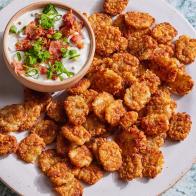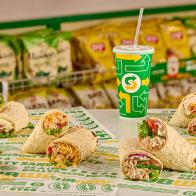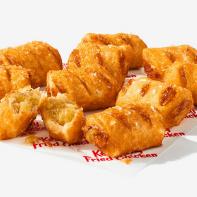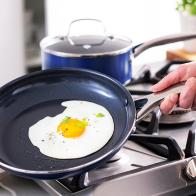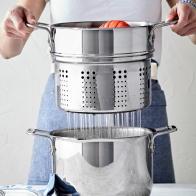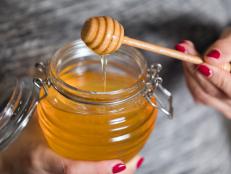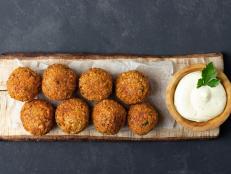What to Know About Baby Carrots
These bite-size carrots have all the benefits of regular-sized carrots. Here's what else to know about them.

Westend61/Getty
Tiny smooth carrots – which are perfect for snacking and dipping – don’t actually grow that way. Find out how baby carrots are made, and why it’s healthy to munch on them.
What Are Baby Carrots?
Baby carrots were invented by a California carrot farmer, Mike Yurosek. In the early 1980s, Yurosek found that many of his carrots were not saleable because they were “ugly” — they weren’t the size or shape that could be sold at the grocery store. Instead of tossing these “ugly” carrots, he used an industrial bean cutter to shape them into what are now called “baby carrots.”
The success of baby carrots was overwhelming. By 1987, carrot consumption had increased by 30 percent. In 2016, baby carrots consisted of 70 percent of total carrot sales. During the pandemic demands for baby carrots were on the rise as they require minimal prep and today you can still find loads of baby carrots available on store shelves, regular and petite cut.
How Are Baby Carrots Made?
Food manufacturers began noticing that broken pieces of carrots were being tossed aside. Instead of wasting them, they began peeling and shaping the broken and misshaped carrots into 2-inch pieces.
Once full sized carrots are harvested from the fields, they are immediately put in trucks and taken to a facility where they are washed and sorted by size, cut, peeled and polished into 2-inch pieces. You can find baby carrots as petite, match stick, and even colored carrots.
There has been some concern about the rinsing process of the carrots, especially when chlorine is used. However, since carrots do grow underground in the soil, there is a food safety concern. After being harvested, carrots receive a gentle wash in a small amount of chlorine (the amount is less than is present in everyday tap drinking water). This is a common practice used with fresh-cut produce. Before being dried and bagged, however, the carrots are thoroughly rinsed to remove any excess chlorine.
Baby Carrots Nutrition Info
Because of the shaping and peeling of baby carrots, some of the nutrients are lost. However, baby carrots are still jam-packed with nutrition. One medium baby carrot provides 5 calories and 1 gram of carbs, and is free of fat and cholesterol. It’s also an excellent source of vitamin A: One baby carrot provides close to 30 percent of the recommended daily amount.
How to Buy and Store Baby Carrots
When purchasing baby carrots, check the “use by” date on the package. The wetness in the bag is normal. It’s actually filtered tap water that helps keep the vegetable hydrated. For the best quality, store unopened bags of baby carrots in the refrigerator and eat them within 30 days after the packaging date.
Toby Amidor, MS, RD, CDN, is a registered dietitian and consultant who specializes in food safety and culinary nutrition. She is the author of The Greek Yogurt Kitchen: More Than 130 Delicious, Healthy Recipes for Every Meal of the Day.
*This article was written and/or reviewed by an independent registered dietitian nutritionist.
Related Links:


